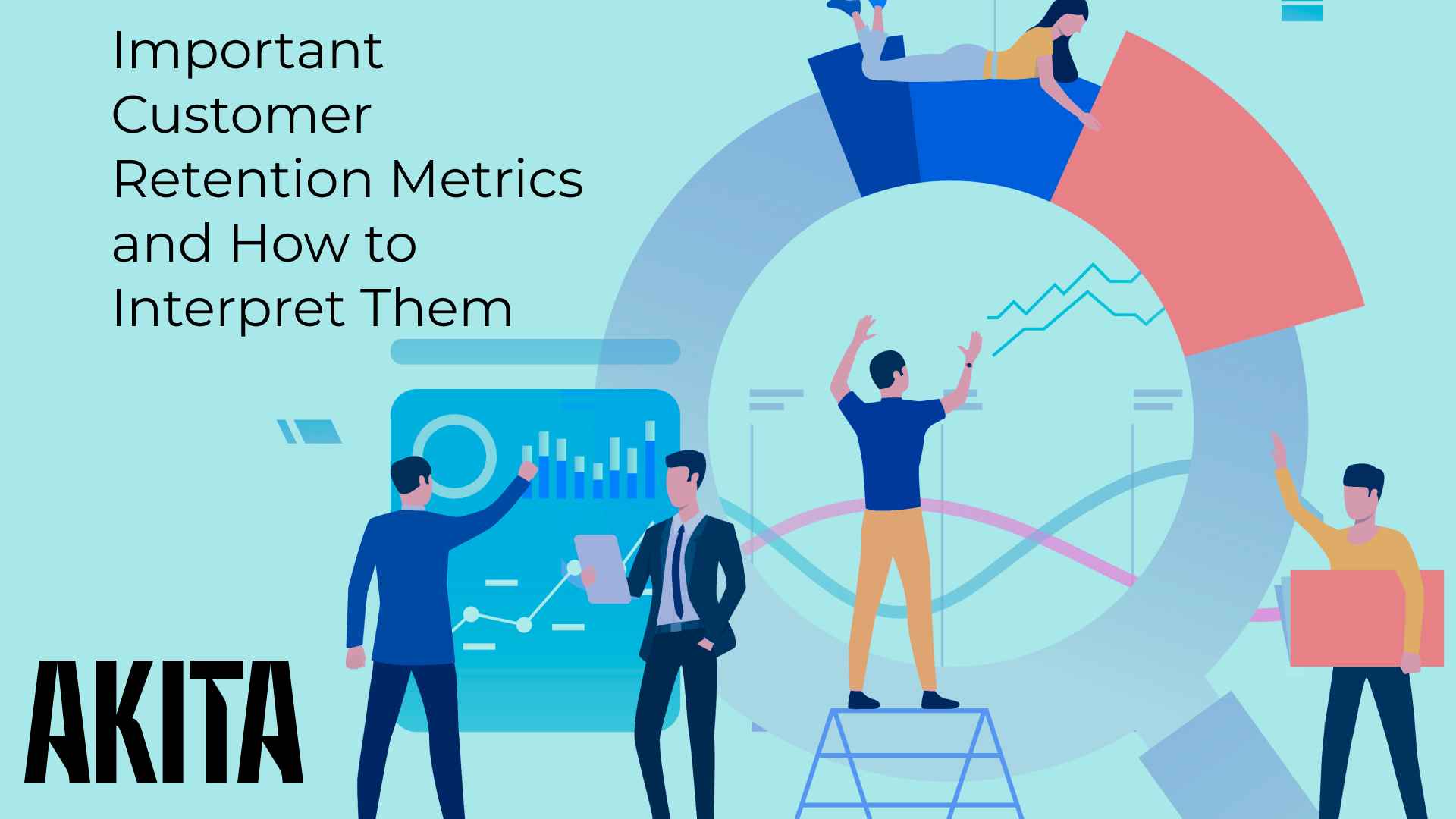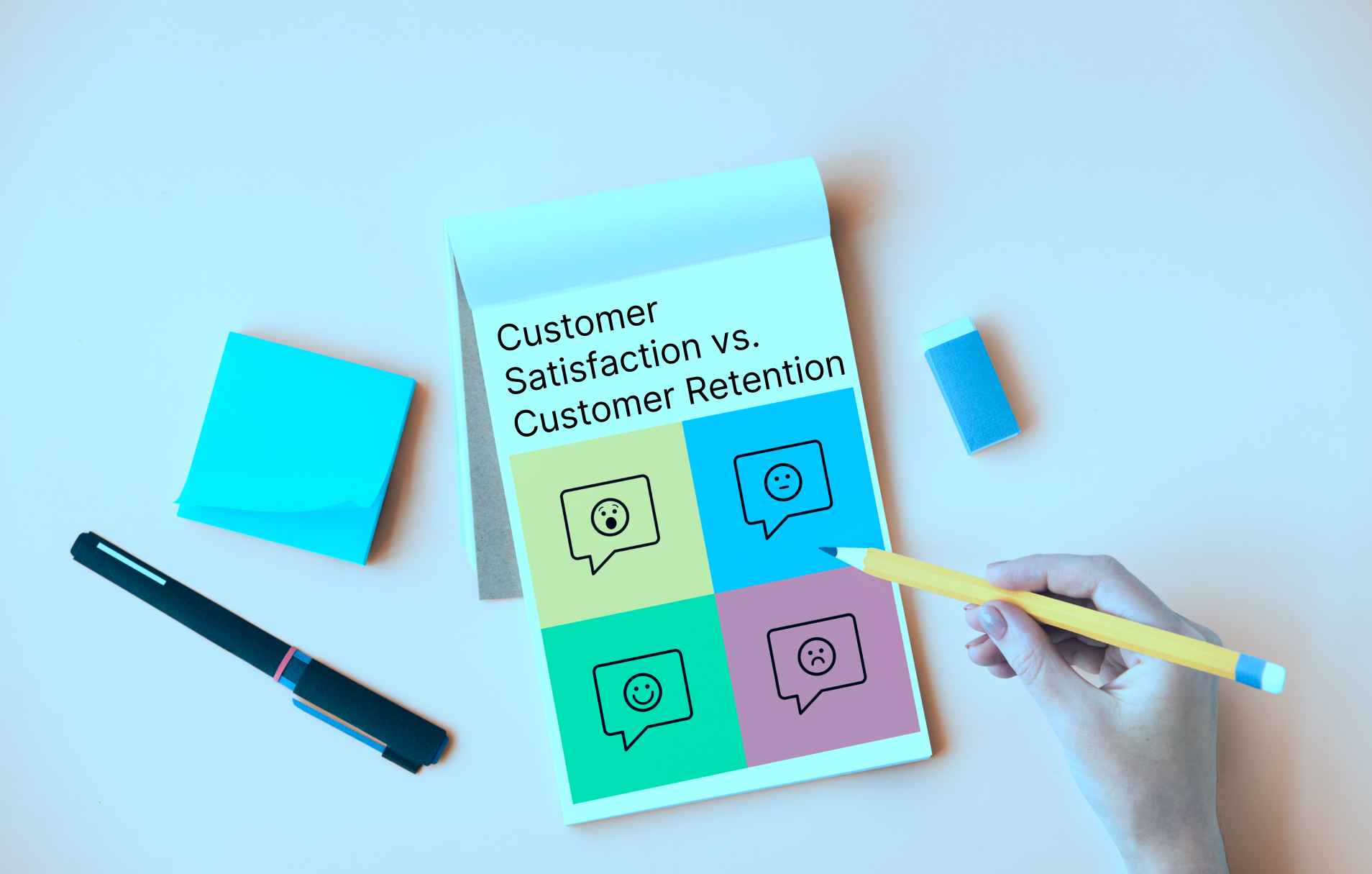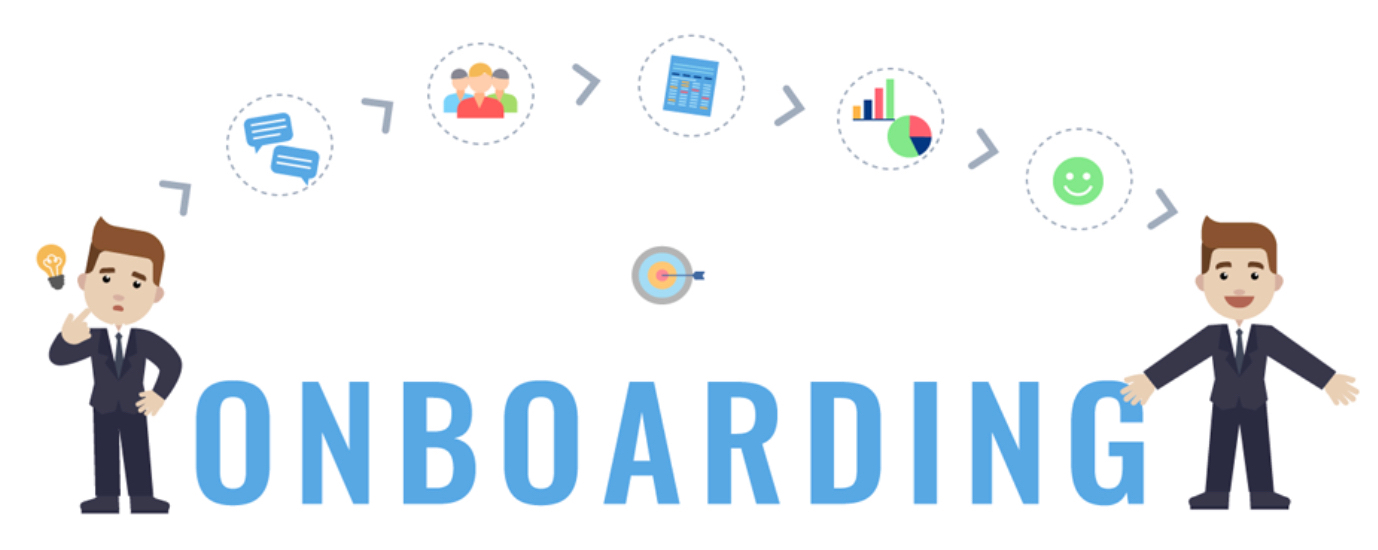As a Startup: How Quickly Can You Implement a Customer Success Software Platform?

As a startup you don’t have the luxury of behaving like an Enterprise business and spending months (or longer) on implementing software that is going to be key to your growth, you’re also likely looking for less complex and expensive tools with the agility to match your own.
There are 2 elements to how long it will take that are difficult to estimate as they are 100% under your control. It really is down to the amount of time and effort YOU want to allocate and the complexity of your business model… namely:
- Audit of your systems and processes to identify which data need to be passed into the Customer Success software application and which CS processes need to be managed, either manually or automatically by your new CS system.
- Training your users to optimally use the Solution. note: If you’re a Start-up choose something with lots of self-help resources for your Customer Success team. Choose a tool that is intuitive to set up and administer for a non-technical person and one provides a comprehensive user Knowledge base and responsive support. [You can find such solutions, for under $300 per month.]
Once you have done that you’re well on your way. So how long will it take…
If you just want customer and user account records with platform usage data and some basic attributes, your IT team can insert the vendors Html tracking codes into pages on your application to automatically and regularly pass this data into the CS app. How Long: Circa 4 hours of IT time.
If you need additional customer attributes that are captured and stored in your own application database, your IT team can work with the API documentation from the vendor company to set those integrations up and ensure that data is sent regularly to the CS app. How Long: Circa 2 Days of IT time.
If you want visibility of records and customer data from 3rd party applications to be visible in your CS application e.g. CRM Data (Accounts, Contacts, Opportunities)/Support Ticket data/Billing Information/Voice-of-Customer data etc. etc. You can either use the vendors API tools to pass that in but it will be a relatively arduous process, or (better) the vendor will already have pre-built integrations for your apps (Salesforce, Zendesk, Hubspot etc.). You will then need to ensure the ingested attributes are mapped correctly within the CS application. How Long: Circa 30 minutes per application.
(If you are already capturing your key usage KPIs via a tool like Segment.com look for a Customer Success platform that natively integrates with it, that will remove any need to deploy your own developer resource and your TTV should be measured in hours!)
The vendor’s platform should start to deliver value right away, allowing you to quickly build segments and track usage behavior, alert your team of issues or opportunities or (even better) trigger playbooks to message your customers or assign tasks to your team.
Akita’s Start plan is a great place for SaaS startups to quickly and inexpensively get started with Customer Success software.
[If you would like to see how Akita helps SaaS companies retain and grow their customer base, click here to request a DEMO].





